London is a beautiful cultural city with something for everyone. Whether it’ s historical sites, art, nature, modern architecture or even Harry Potter locations, there’s plenty to explore in London. Let’s take a look at what to see and do in London, when to go, how to get there and what’s worth seeing?
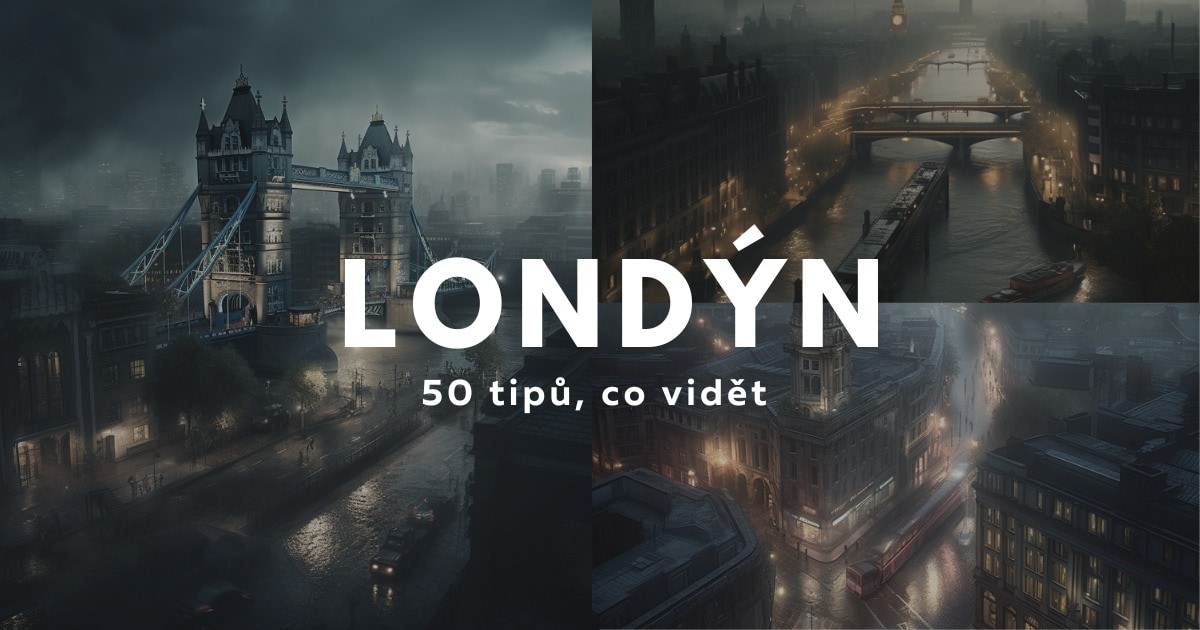
Where to stay in London – to be close to the city centre
If you’re looking at hotels and looking for the best value for money – proximity to the centre, check out The Z Hotel Trafalgar. It’s also easy to get to other parts of the city from the hotel, thanks to excellent metro and bus links.
If you’re not so price-conscious, check out The Cavendish London or the slightly more expensive and much better rated Middle Eight – Preferred Hotels and Resorts.
Weather in London – When to go
London is known for its frequent rain. It’s unfortunately true. The weather is not very kind from November to January, and most of the sights are closed. If you want the best weather, go in late spring or summer. Moreover, it rains the least in July and August.
| Moon | 1 | 2 | 3 | 4 | 5 | 6 | 7 | 8 | 9 | 10 | 11 | 12 |
| 6 °C | 6 °C | 8 °C | 10 °C | 13 °C | 16 °C | 19 °C | 19 °C | 16 °C | 12 °C | 9 °C | 7°C |
Transport from the Czech Republic to London
By car to London
If you are leaving from Prague, you will travel a distance of approximately 1,270 km and the journey will take more than 13 hours. Whichever way you go, you always have to get to France from where you take a ferry or Eurotunnel to England.
- From Prague up through Ústí nad Labem, Dresden, Dortmund and Antwerp to Calais or Dunkirk.
- From Prague towards Pilsen, then via Nuremberg, Frankfurt, Cologne, Brussels and again Calais or Dunkirk. This is the fastest possible route.
If your starting point is Brno, the routes are basically the same, you just have to get from Brno to Prague or Pilsen first. Again, your first destination is France.
From France you have two options:
- Ferry – ferries run from the ports of Calais and Dunkirk. The journey will take you about 1.5 – 2 hours depending on which port you choose. If you want to use this means of transport, it is a good idea to book well in advance.
- Eurotunnel – runs from Calais in France to Folkestone in England. You’ll be on the other side in 35 minutes.
By bus to London
You can also travel to England by bus. FlixBus and RegioJet provide travel services. The journey takes about 20 hours, often leaving overnight. A return ticket can cost from approximately CZK 1,300 to CZK 3,000, sometimes more. In addition to Prague and Brno, the Eurolines bus company also departs from Plzeň, Ústí nad Labem and Hradec Králové.
By train to London
You’ll spend more than 17 hours on the train from Prague to London, with plenty of changes. You can also use the Eurostar, which runs via the Eurotunnel, but only departs from Paris and Brussels.
By plane to London
London is the most accessible by plane. If you prefer classic airlines, then British Airways and Austrian Airlines fly to London. If you would like to use a low-cost airline, then Ryanair flies from Prague, Brno and Ostrava, and Wizzair will take you to Luton Airport. You can also use Easyjet. Tickets will cost you about 1500 – 2000 CZK each time, but with low-cost airlines you can find a ticket for 500 CZK. Read, how to get cheap flights .
Driving in England
To drive in the UK, you must have an international driving licence and a valid green card. Then you must remember that driving is on the left, so it’s best to rent a British car adapted to the traffic here.
Transport around London
The best way to get around London is by public transport. In addition to traditional public transport, you can also use London’s special transport.
Buses doubledeckers
The typical red double-decker bus is one of the many symbols of London. It runs very frequently and you can get everywhere, because it runs on regular bus lines. These buses are marked no. 9, č. 12, č. 15, č. 49, č. 74, č. 453. Depending on the zone, tickets cost between GBP 7.70 and GBP 14.10. Discounts for children and students do not apply.
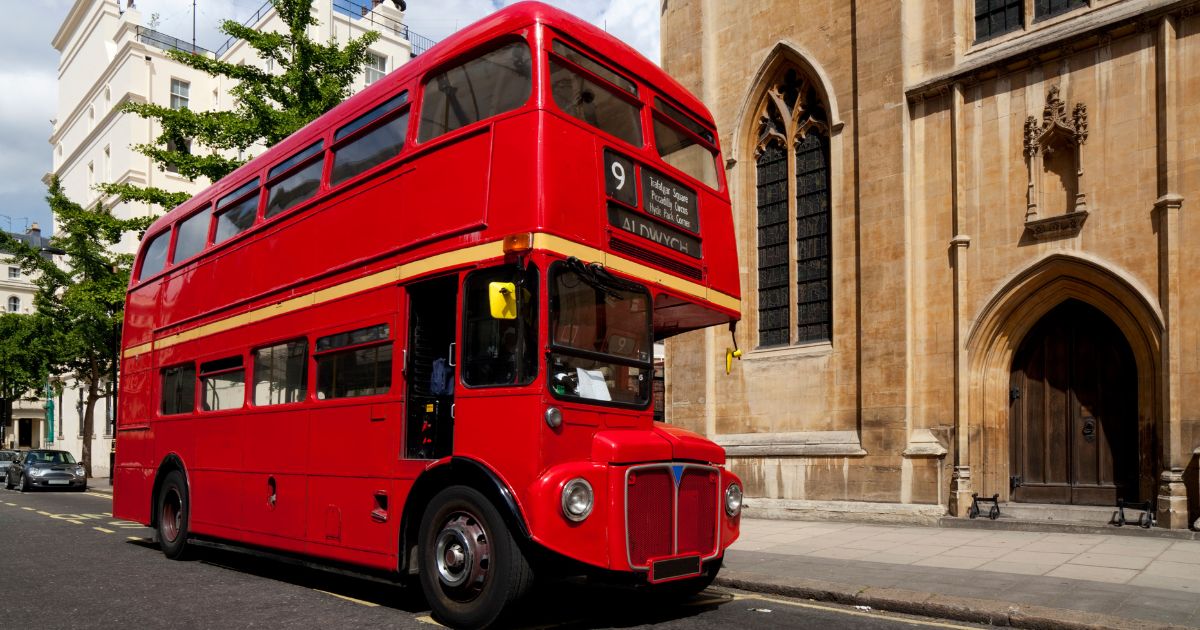
London by train
You can buy tickets and search for train connections on the website National Rail . It’s always a good idea to buy tickets in advance, otherwise you won’t be sure that there will still be room for you. However, trains are more expensive than buses in England and are particularly suitable for travelling between cities.
By boat in London
The boats are not used for transport from one bank to the other, but rather along the river from one part of London to another. Boats on the River Thames are called River Buses. Tickets for regular public transport are not valid here, you have to buy them separately on the spot. The River Bus runs every 20 minutes and you can see Parliament, the Tower of London, Greenwich and other sights of London during your cruise.
Taxi
In London, you can hitch a ride in a classic black cab. Just wave at the driver and he’ll pull you over. It’s not a cheap affair though, you only pay GBP 3 for boarding and then GBP 1.20 for each kilometre.
How to buy tickets for public transport
Contactless card payment
If you have a contactless payment card, then you can use it in any public transport to easily buy tickets. Just attach the card to the turnstile when boarding and again when getting off public transport.
Oyster Card
This “oyster card” works in the same way as when you pay with your own card. You can upload any credit you wish, which is then deducted when you attach it to the yellow turnstile. Tickets with this card cost the same, but you pay GBP 5 for the card itself. This is worthwhile if you are travelling with children, they are on Oyster Card get cheaper fares. The card also gives you a discount on the River Bus.
London Sights: what not to miss
There is so much to see in London and not many people can do it all in one visit. Let’s take a look at the most important sights you shouldn’t miss.
Buckingham Palace
One of the greatest symbols of London and the seat of the British monarch. Important state events are also held here. If you want to get a closer idea of the size of the palace, it has a total of 775 rooms. It was built in 1703 for the Duke of Buckingham and Normanby, but was originally intended for private use only.
In 1826 the building was renovated into a palace and became the main royal residence in 1837 during the reign of Queen Victoria. During 2. World War II, Buckingham Palace was the target of air raids seven times. It is not normally open to the public, but the changing of the guards is an interesting tourist attraction. From August to September, the west wing of the palace is open to the public, with up to 200 guides guiding visitors through the palace.
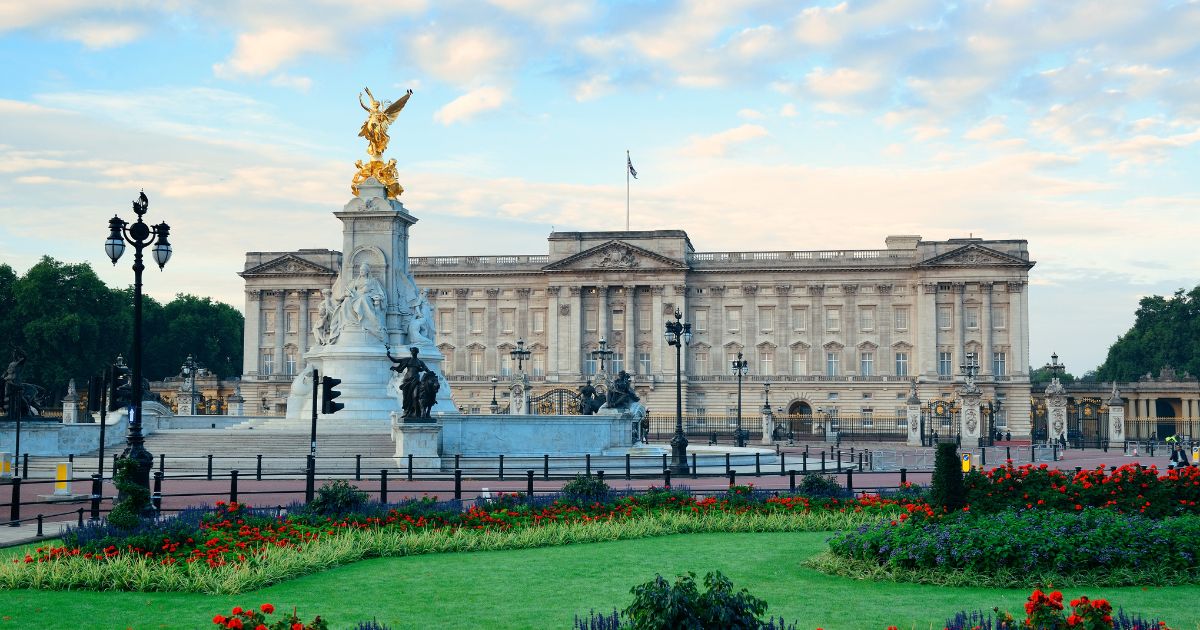
Big Ben
The whole tower is usually referred to as Big Ben, but it is actually the Great Bell in the Elizabeth Tower, which is part of the Palace of Westminster. It is the largest of the five bells on the tower. The architect of the tower was in the 19th century. Century Augustus Pugin. It is 96 metres high and a total of 334 steps lead up. On the tower you can see the symbols of all four nations of the United Kingdom.
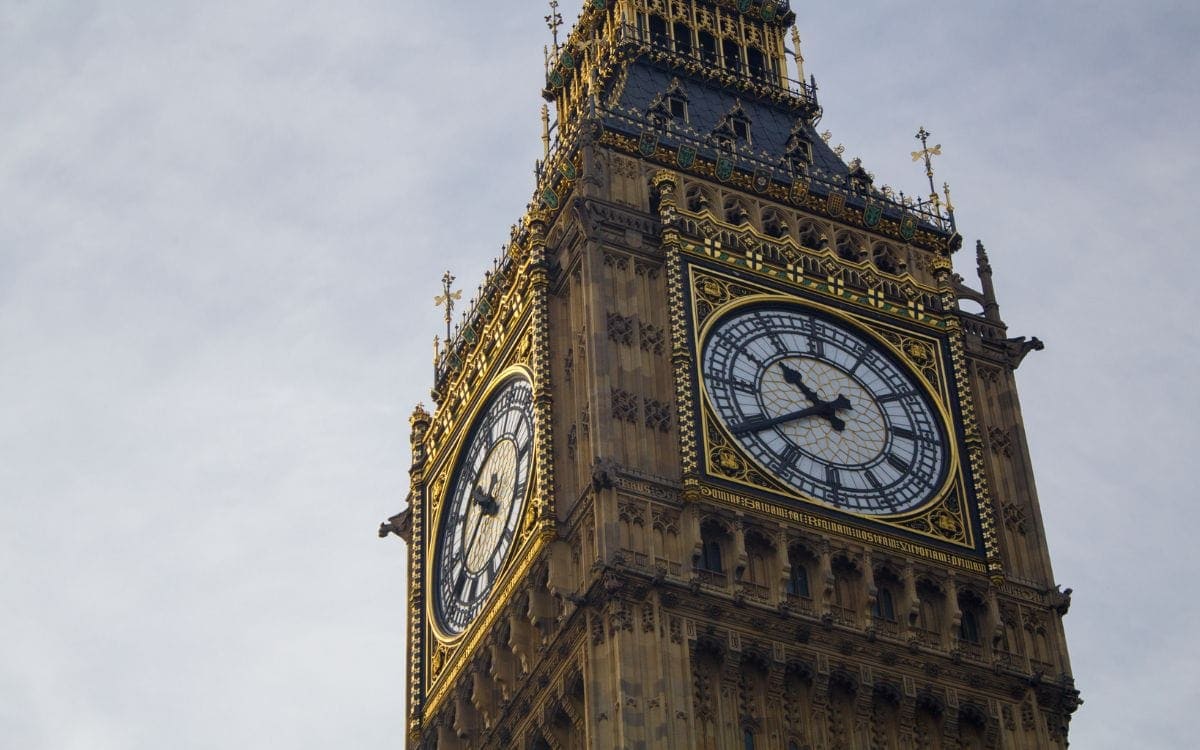
London Eye
The London Eye, another of London’s many signature symbols, opened in 1999. Until 2006 it was the largest observation wheel in the world. It is 135 metres long, has a total of 32 cabins, and one ride around takes 30 minutes. At the top, you will have a breathtaking view of the city. Tickets cost from GBP 30.50.
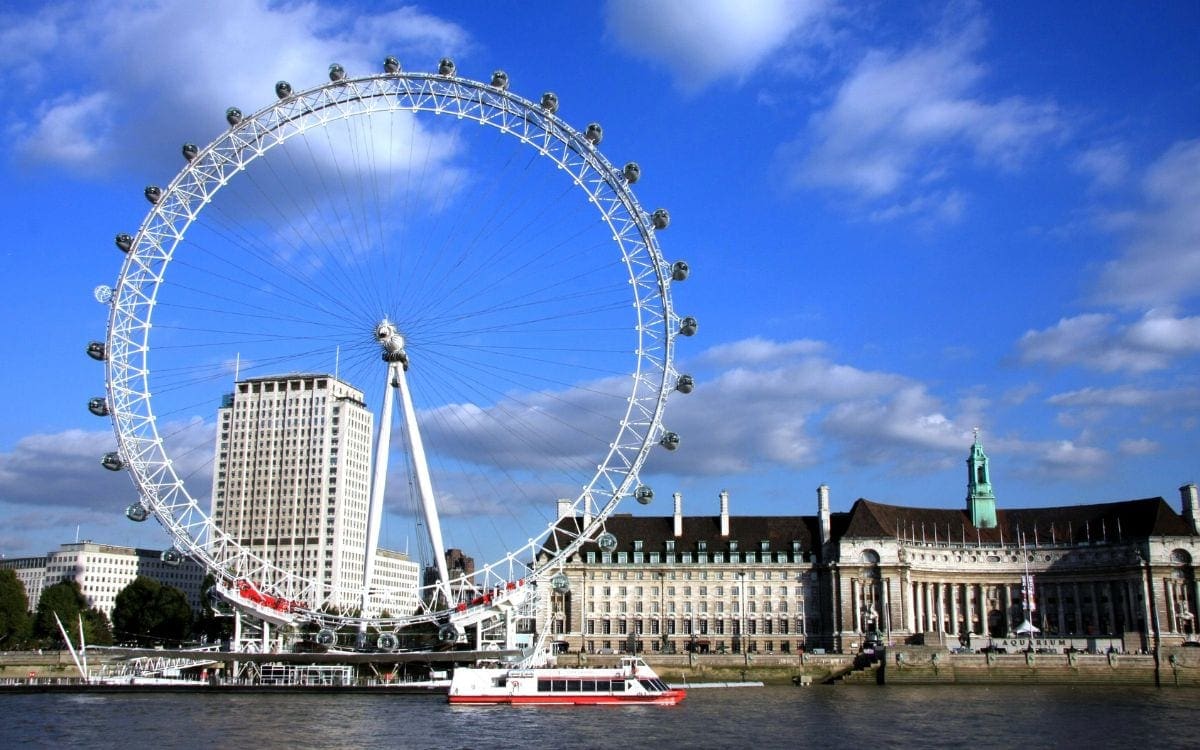
Tower Bridge
Tower Bridge is a suspension lift bridge over the River Thames, where it has stood since 1894. More than 40,000 cars pass here daily. There is one tower on each side, where you will find an exhibition with a permanent exhibition not only about the history of the bridge. You can also look in the control centre, but you have to buy a ticket separately.
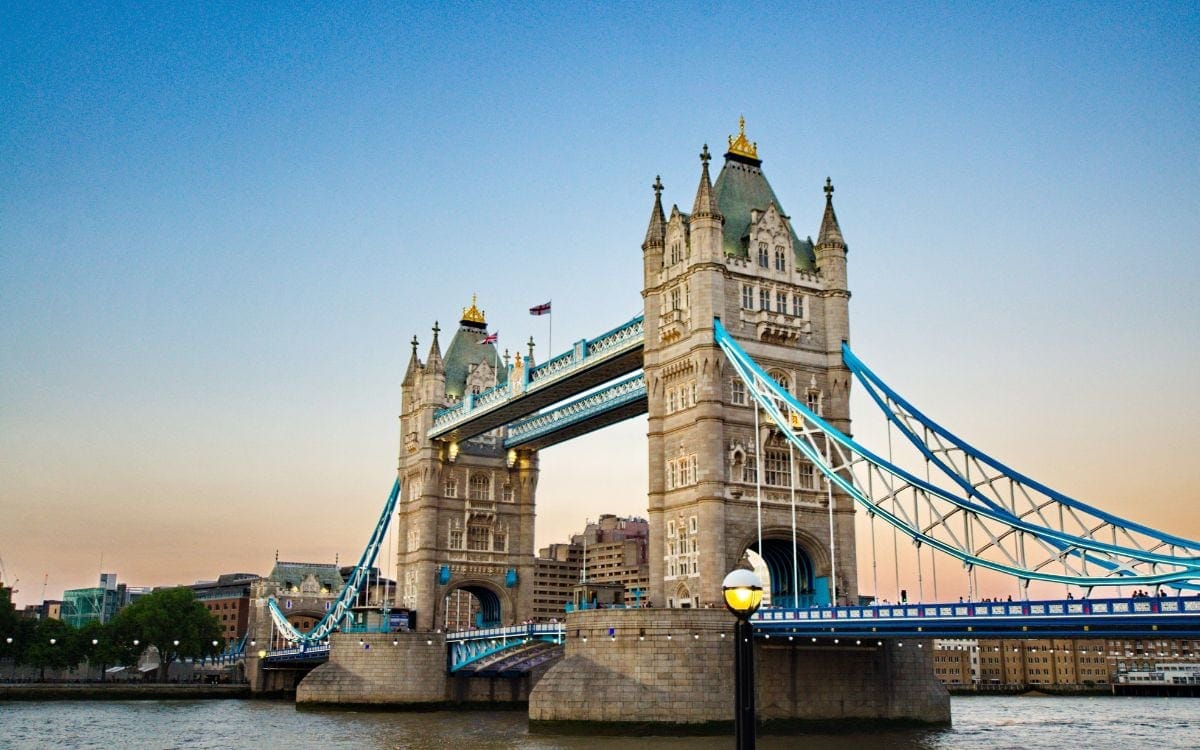
Palace of Westminster
The UK Parliament, which includes the House of Lords and the House of Commons, is housed in a historic palace on the banks of the River Thames. Although by the 16th. century, the palace served as the residence of the monarch, the oldest part of the palace was built in 1097. The palace is open to the public only during the parliamentary recess.
Westminster Abbey
This imposing Gothic church, belonging to the Church of England, is the final resting place of English monarchs and has been the coronation site for all English kings and queens since 1066. The church is also a popular venue for royal weddings, such as that of Queen Elizabeth II. and the Duke of Edinburgh, Philip. Interestingly, there is also a memorial dedicated to Czechoslovak soldiers who fought during the Second World War.
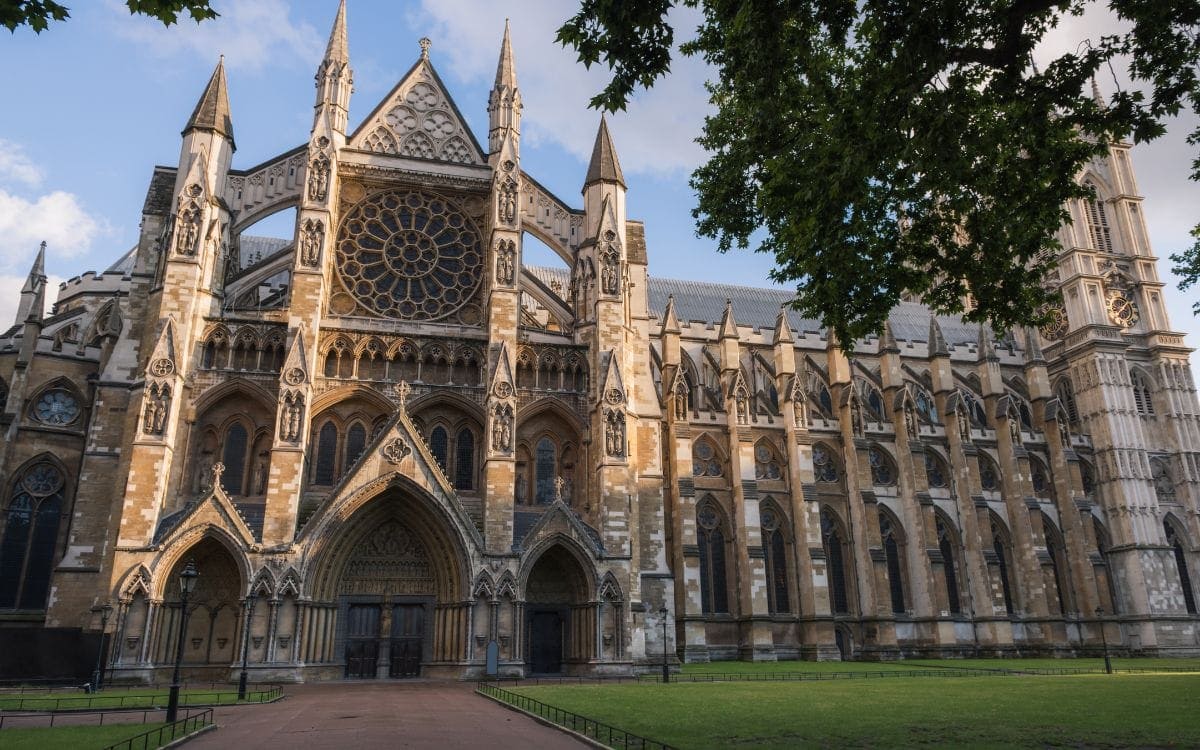
Greenwich Observatory
The Royal Observatory at Greenwich, founded in 1675 by order of King Charles II, was the home of the Astronomer Royal. It now houses a museum displaying a collection of astronomical and navigational instruments, and visitors can enjoy spectacular views. Among the exhibits is a chronometer that once belonged to John Harrison.
Trafalgar Square
The square was named after the Battle of Trafalgar in 1805, which marked the victory of the British Navy in the Napoleonic Wars. The current appearance of the square dates back to 1845, not much has changed since then. In the middle of the square is the Nelson’s Column, with fountains gushing around it. There are also four bronze lions nearby. On the north side of the square you will find the National Gallery.
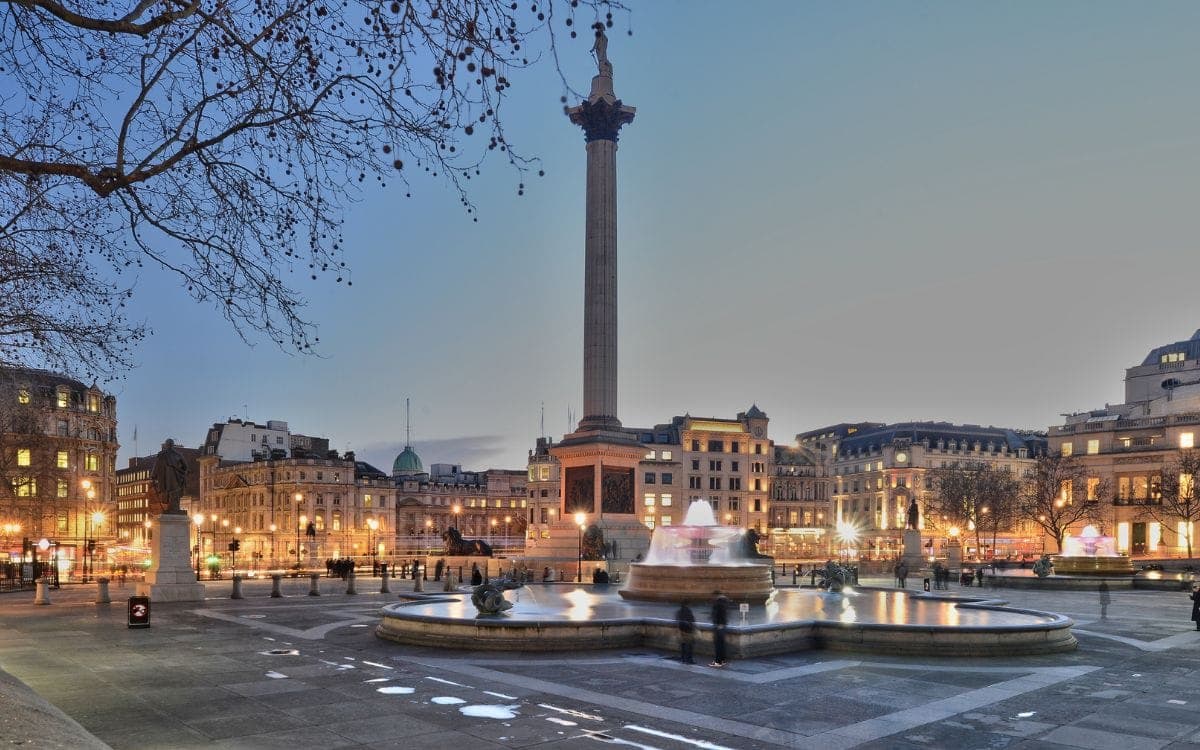
Downing Street
Downing Street is probably the most famous street in central London, located near the Palace of Westminster. 10 Downing Street is known as the official residence of the British Prime Minister, but other important institutions such as the Cabinet Office and the Treasury are also located on the same street.
Churchill War Rooms
These large premises were established in 1938 to serve as a meeting place for the government. The bunker rooms were designed for conservation, but today only part of the building is open to the public. In the centre of the bunker is the Cabinet Room, where Churchill’s cabinet meetings were held.
The entire museum is now arranged to evoke its time as much as possible, including the maps hanging on the walls. The Churchill Museum offers a collection documenting the life of the statesman. Admission is GBP 27.25 and children under 5 are free.
Monument to the Great Fire
The memorial is a 62-metre high tower that was built to commemorate the Great Fire that destroyed much of London in 1666. The tower can be climbed up 311 steps. It is located near London Bridge.
Globe Theatre
Today’s Globe Theatre is a replica of the original theatre where William Shakespeare’s plays were performed. It stands on the banks of the Thames and is the venue for the annual Summer Shakespeare Festival. Today it is also home to the largest Shakespeare museum in the world.
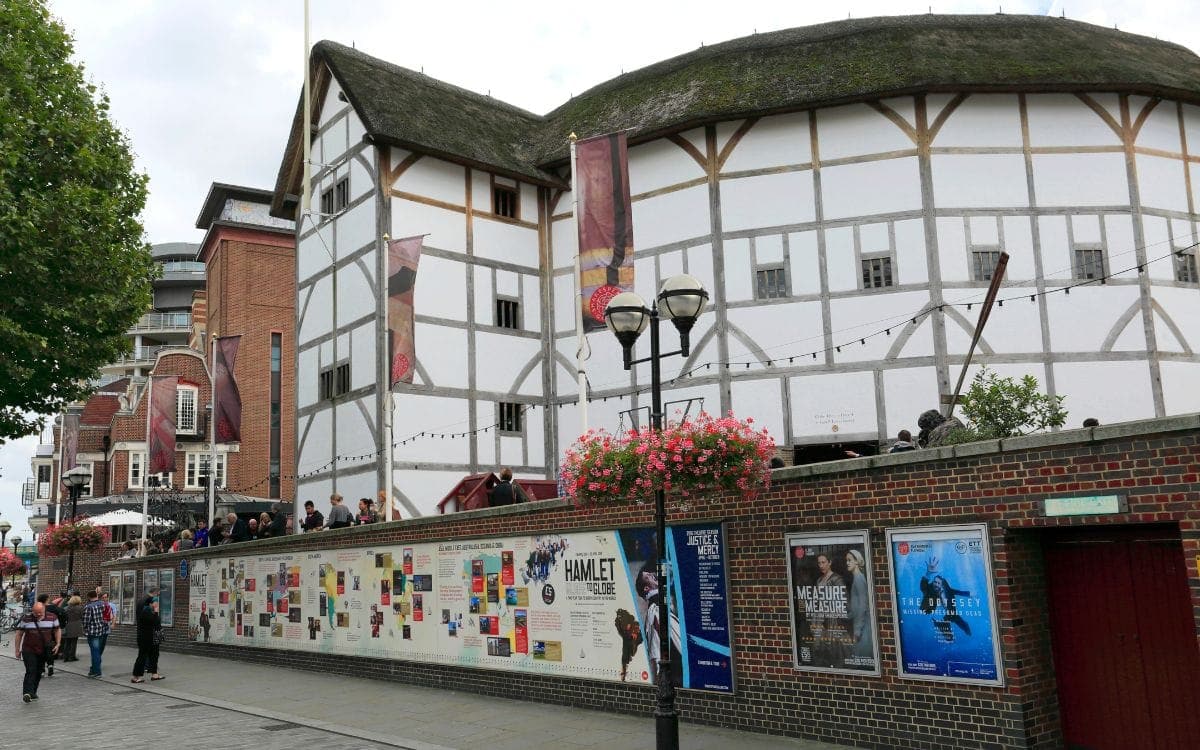
Camden
Camden Town is a neighbourhood full of nightlife, jazz bars, old-world pubs and cheap restaurants. It is primarily a haven of alternative culture, if you are looking for an unconventional experience, be sure to visit the local markets.
Baker Street
Almost everyone has this famous street associated with the literary character Sherlock Holmes. He lived there, specifically in the non-existent number 221B. The street is located in Westminster, and you can find here, for example, the Sherlock Holmes Museum.
Modern buildings and neighbourhoods in London
The Shard
A London skyscraper whose name translates as “shard”. He earned it by his appearance. It is the tallest building in the UK and is ranked seventh in the global rankings at 310 metres. In the skyscraper there are offices, apartments, a hotel and a lookout at the very top. The building was designed by Renzo Piano.
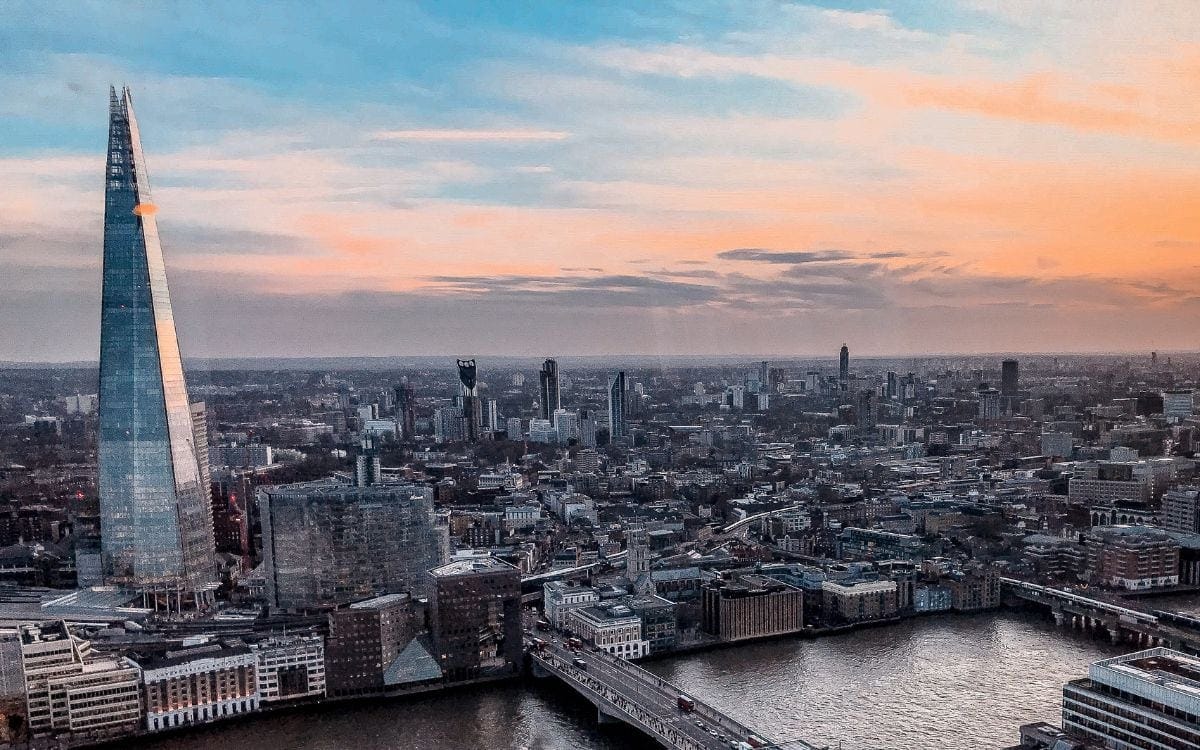
Piccadilly Circus
This famous square in London connects two shopping streets, Regent Street and Piccadilly. It got its name from its shape. Of particular interest in the square are the neon signs, the Shaftesbury Memorial Fountain and the London Pavilion.
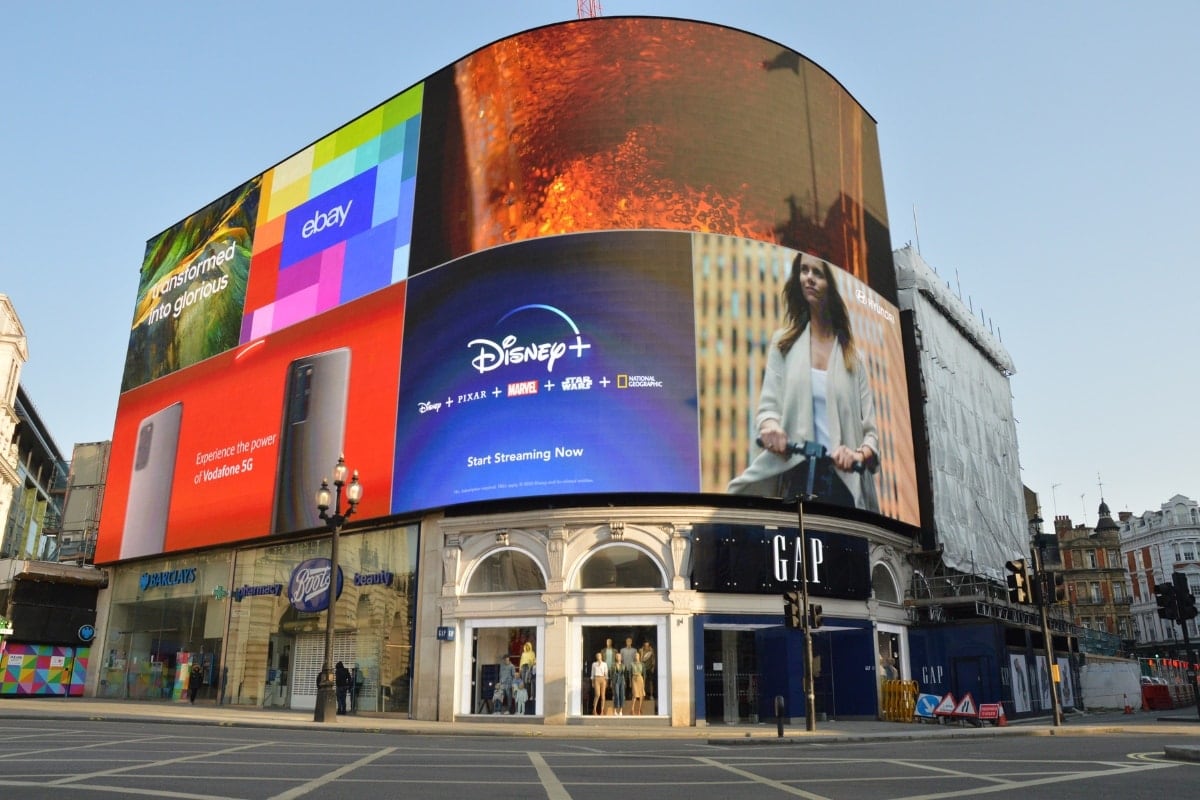
Soho
Soho is one of the most famous neighbourhoods in London’s Westminster. Once pastureland, it is now a multicultural area with a colourful nightlife. It offers cafes, restaurants, cinemas, fashion shows and much more. Soho is also a hub for the independent film and theatre industry. It has also gained notoriety due to its history with the erotic industry, which is currently under scrutiny.
Chinatown, the centre of the Chinese community in London, is also part of the district. There are many Chinese restaurants, shops and decorations to admire. Chinese New Year celebrations are held here every year.
Shoreditch
It’s an artsy locale full of creative artists, designer restaurants and painted buildings. V 19. Shoreditch was an artistic centre with many theatres and concert houses in the 20th century. If you’re looking for nightlife, entertainment, arts and culture, Shoreditch is not to be missed. Alternatively, you can stay here directly.
Harrods
In the heart of London, just off Hyde Park, stands perhaps the most famous, most luxurious, largest and longest running department store in the world. The shopping area totals more than one million square feet. You can find luxury brand clothing, perfume, toys, pet supplies, wedding dresses, books, electronics, furniture, yacht, plane, funeral or medical clinic. A. A. Milne bought the original Winnie-the-Pooh here, which was later made into a cute story, and President Ronald Reagan bought a baby elephant here. Of course, you can also eat well here. If you’re in London, you shouldn’t miss visiting this “city within a city”.
The best museums in London
British Museum
Located in Camden, it is one of the most important museums in the world, with several million pieces on display. The exhibition traces the history of mankind and is divided into several parts according to period and place. For example, there is a mummy of Cleopatra, Michelangelo’s drawings or the statue of Moe from the Easter Islands. Admission is free.
Tate Modern – Museum of Modern Art
If, like me, you’re a fan of contemporary art, you’ll probably head to the Tate Modern. Founded in 1897 by Henry Tate, it is now one of the most popular modern art galleries in the world. It is a network of galleries and Tate Britain is one of the branches. Among the artists exhibited here are Moor, Dali, Picasso, Monet and Mondrian. The environment is also interesting, as this gallery was originally a power station.
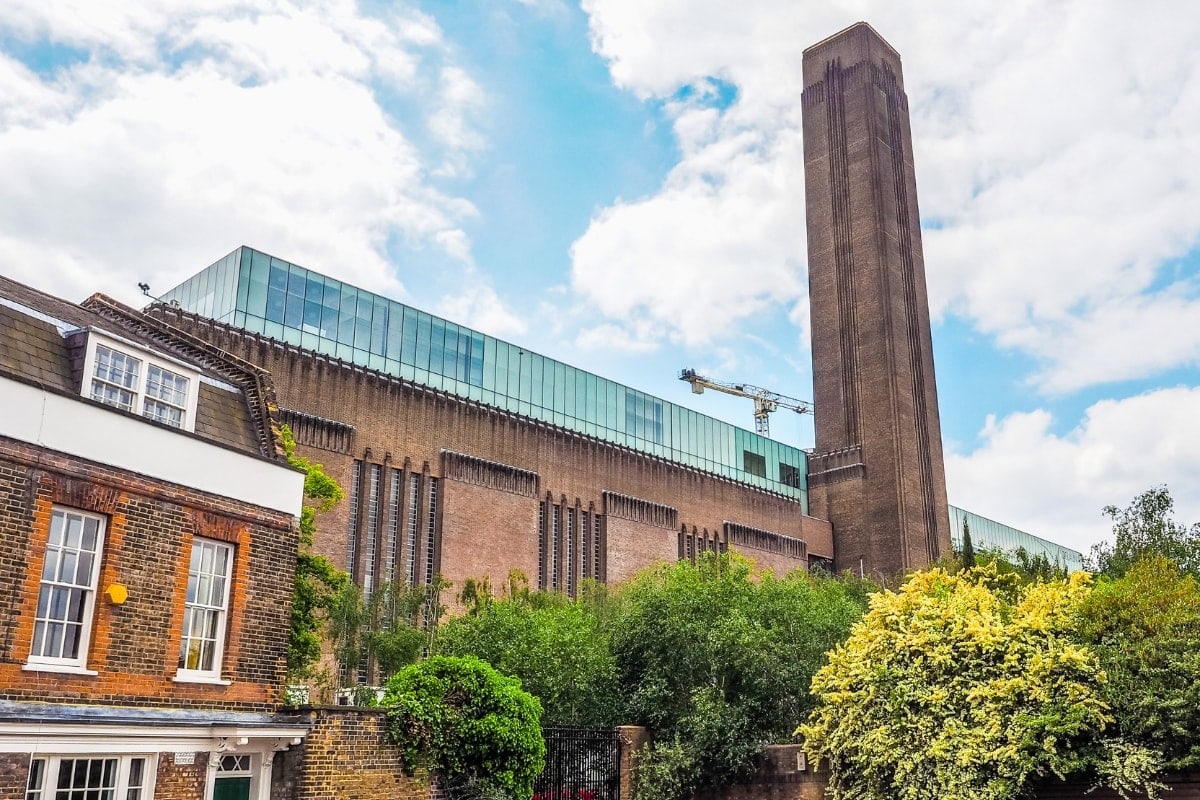
Brixton Academy
To this day, concerts are held in this concert hall, which has a capacity of 5,000 people. In the past, such artists as. Green Day or Madonna. Since 2009, the official name of this building is O2 Academy Brixton.
The National Gallery
The fifth most visited museum in the world has more than 2,000 paintings by famous artists from 1250 to 1900 in its collection. You can buy paintings by Piero della Francesca, Leonardo da Vinci, Velázquez or Rembrandt for free. The biggest attraction is Sunflowers by Vincent van Gogh, but also works by other impressionists.
Parks and nature
Hyde Park
This royal park in central London is one of the city’s largest parks. It is famous not only for the fact that in the last century it was possible to listen to The Rolling Stones or Queen live and for free. Hyde Park is a wonderful place to stroll and relax, and is also home to the famous Marble Arch.
Regent´s Park
The Regent’s is another Royal Park, with flower gardens, sports fields, a lake and a zoo.
Sky Garden
The Garden in the Clouds is located at an altitude of 140 metres, specifically at 36. on the first floor of The Fenchurch Building. As well as beautiful exotic plants, there are also restaurants and cafes, and the all-glass building makes it one of the best vantage points in London.
Prospects
In addition to the London Eye, The Shard, Sky Garden and Observatory, there are other sights to enjoy in London:
- Oxo Tower – a beautiful and breathtaking view of London, located in the South Bank.
- Parliament Hill – the 98-metre-high hill is part of Hampstead Heath Park. At the top you can enjoy beautiful views of the city from afar.
- Cathedral of St. Paul – a very popular viewpoint located right in the dome. To enjoy it, you have to climb 530 steps on foot.
- Primrose Hill – right in the centre of this park is a 64 metre high peak. From here you can also enjoy beautiful views.
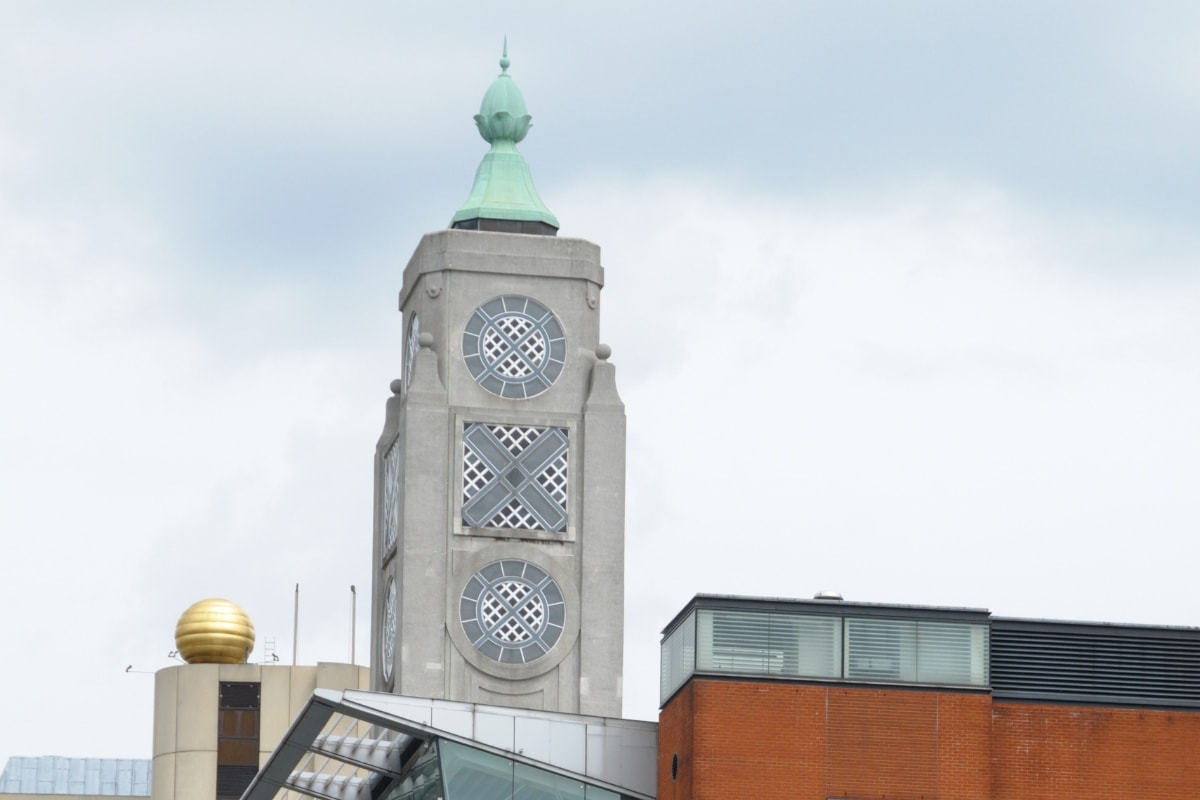
Harry Potter – places to visit in London
London is strongly connected to the world of Harry Potter, as the whole story was born right here. If you are a Harry Potter lover, it is your duty to follow in his footsteps. If you speak English, we recommend going on one of the walking tours. We did it and we were thrilled.
Platform 9 ¾
There is a secret entrance to Platform 9 ¾ at London Kings Cross between Platforms 9 and 10. From there, the Hogwarts students went to school every year. You too can stand next to the trolley sticking out of the stone wall and try to see if you can get to the magic platform or if you are just an ordinary muggle.
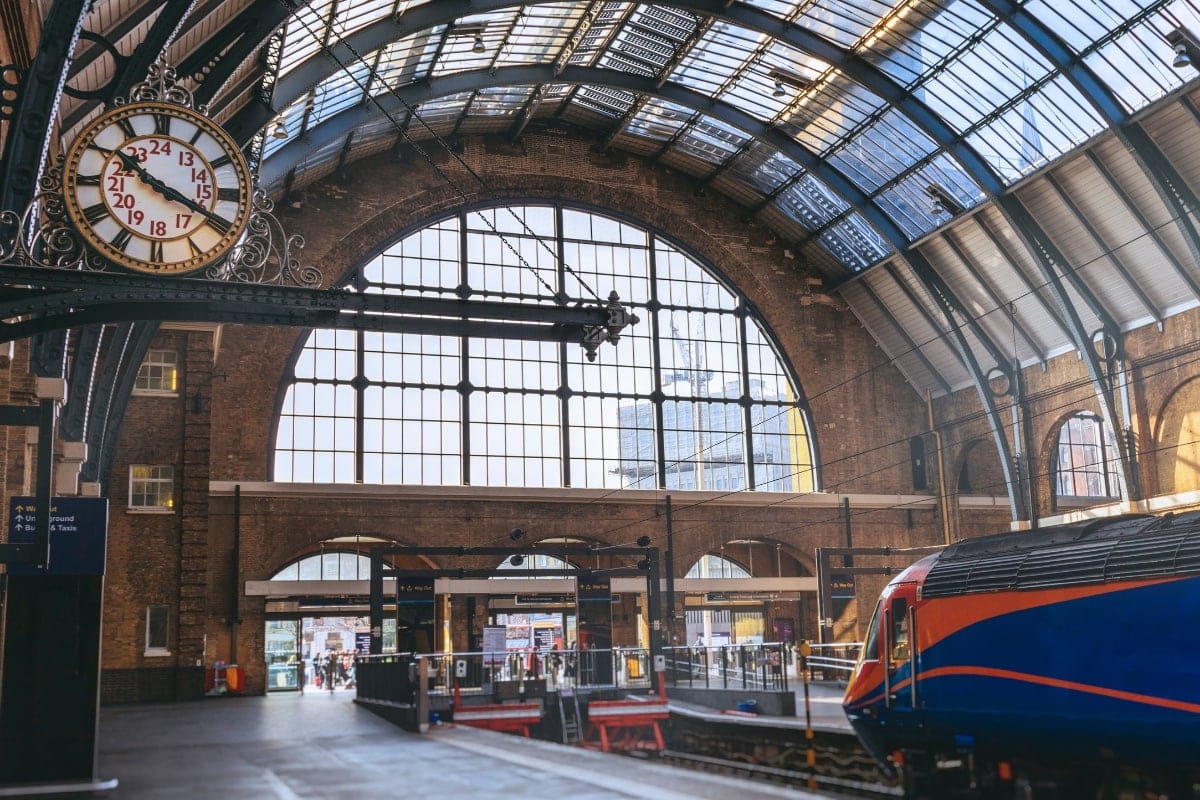
Charing Cross Road
This street, near Trafalgar Square, was the model for Muggle Street, on which the Leaky Cauldron was located. It was there that Hagrid had taken Harry when he took him shopping in Cross Street. In fact, you’ll find plenty of bookstores and antique shops here.
House of Reptiles
In the first Harry Potter film (Harry Potter and the Philosopher’s Stone), at the beginning of the film, Harry goes to the zoo with his aunt, uncle and spoiled cousin, specifically to the reptile house, where Harry talks to a snake. This scene was filmed at Regent’s Park Zoo.
Millennium Bridge
This is a bridge you won’t have missed in Harry Potter. In Harry Potter and the Half-Blood Prince, it is the Millennium Bridge that is destroyed by Voldemort’s Death Eaters. The bridge crosses the River Thames, and despite the Death Eaters, you can still walk across it.
Grimmauld Square 12
At this address stands the house of the Black family, where members of the Order of the Phoenix built their refuge. This staff will only appear if you are invited by a member of the Order itself, but you can still at least walk around. This location can be found at 23 – 29 Claremont square.
Cross Street
For ordinary mortals, Leadenhall Market is just a beautiful street; for magicians, it’s Cross Street, where you can get everything you need in the wizarding world, from wands to cauldrons to books. In Lenhall Market, the entrance to the optics in Bull’s Head Passage is just the exit to Cross Street from the Leaky Cauldron.
Piccadilly Circus
This is the square where Harry, Ron and Hermione from Bill and Fleur’s wedding moved to escape the Death Eaters after the Ministry of Magic fell. The scene was originally supposed to take place elsewhere, but the writers ended up choosing this square.
Bee Street
4 Beetle Street in Kvikalkov, this was the address of the Dursley house where Harry grew up. This house is actually located at 12 Picket Post Cl, Winkfield Road.
Gringott’s Bank
If you’re having trouble with the galleons, go to Gringotts Bank. You’ll find it at Australia House in central London. However, the interior spaces are not available to the public.
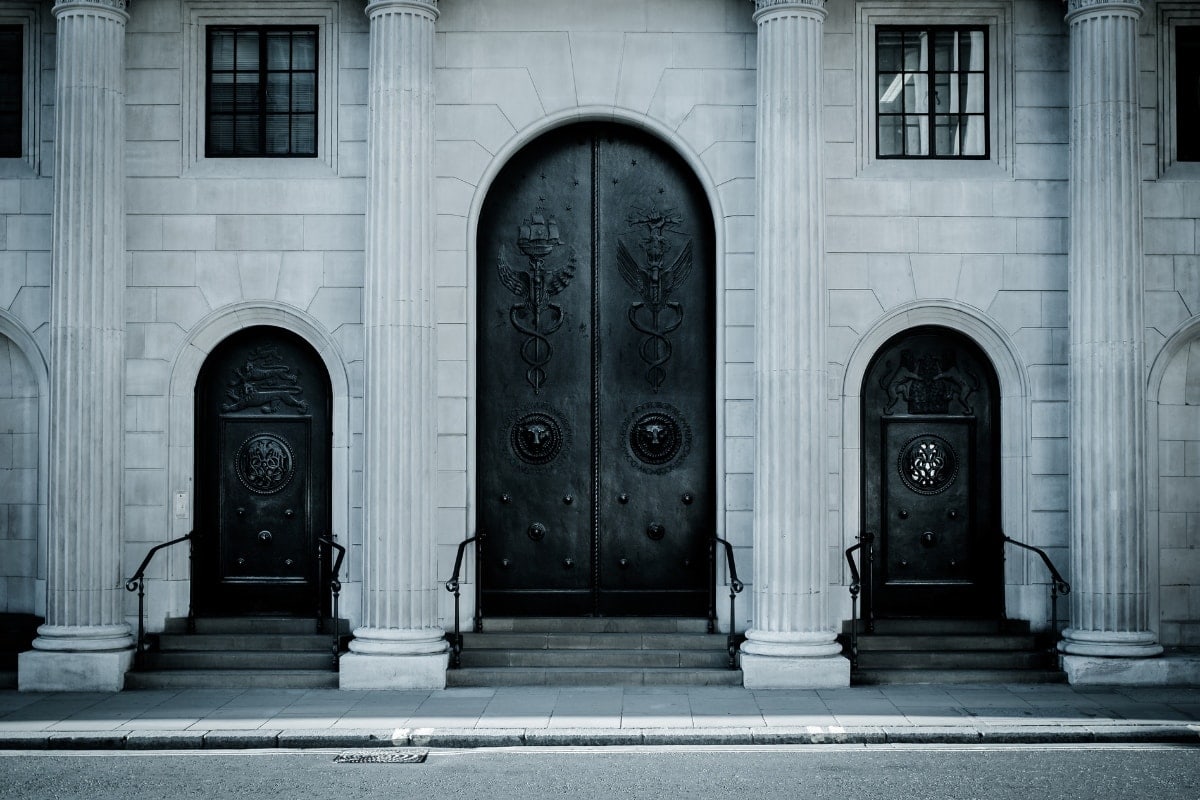
Warner Bros. Studio
This studio is completely dedicated to the world of Harry Potter and if you are a true fan, you shouldn’t miss it. Here you’ll find all the film locations together, walk through the Cross Street, look into the Great Hall, peek into Dumbledore’s study and you don’t even need to know the secret password (lemon ice cream is long gone anyway) and search the dorm common rooms. In addition, you can see all the props and costumes of the actors.
Harry Potter and the Cursed Child
The play Cursed Child was written later by authors Jack Thorne and John Tiffany under the supervision of J. K. Rowling herself. If you speak English, don’t miss the play live at The Palace Theatre. If you didn’t manage to buy a regular ticket well in advance, then a last minute ticket can cost you upwards of GBP 400.
Harry Potter “tour”
Would you like to visit all the Harry Potter locations, but don’t know how to manage it all? You can take advantage of the “Harry Potter tours” on offer, just choose what interests you most: a trip to Warner Bros. studios, a walk through London in the footsteps of Harry Potter, a Harry Potter Muggle tour or a private taxi tour of elite Harry Potter locations.
Where to go for football in London
Unfortunately you won’t be able to go to a Quidditch match, but England has great football teams. So if you’re a sports fan, don’t miss the game! Which teams can you cheer for here?
Films that were shot in London
Many films and TV series have been made in London, some of which are internationally famous and iconic. The following are some examples:
- Harry Potter – many scenes were filmed in various locations in London, including King’s Cross Station, where the famous Platform 9 and 3/4 are located.
- Bridget Jones’s Diary – The main characters live in London and a large number of scenes were filmed in various locations, including Borough Market and Tower Bridge.
- Paddington – this film is set in London, you can see a number of locations in the film including Paddington Station and Portobello Road.
- James Bond – many scenes from various films have been filmed in London, including action scenes on Tower Bridge and MI6.
- Sherlock Holmes- the main characters walk the streets of London and many scenes were filmed in various locations in the city centre.
- Notting Hill – The famous romantic comedy starring Julia Roberts was filmed in and around Portobello Road.
- V for Vendetta – filmed partly in London, including action scenes in Trafalgar Square and on the Tube.
Where to eat in London
We have prepared a list of luxury and cheap restaurants for you to choose according to your preference.
Luxury restaurants in London
- The Ledbury – modern European cuisine with 2 Michelin stars.
- Core by Clare Smyth – modern British cuisine with 3 Michelin stars.
- Hawksmoor – specialises in steak and meat dishes and has several branches in London.
- The Palomar – Israeli cuisine.
- Hakkasan – modern Chinese cuisine in an elegant setting.
- St. John – traditional British cuisine with an emphasis on seasonality and quality ingredients.
- Sketch – an original restaurant with several colourful rooms, each with a different design and food offer.
- The River Cafe – Italian cuisine where you eat with a spectacular view of the Thames.
- Gymkhana – Indian cuisine in a luxurious setting.
Cheap but delicious restaurants in London
If you’re looking for a cheap meal, we’ve got a few restaurants for you. Prices are indicative and are constantly increasing. Therefore, take them with a grain of salt.
- Dishoom – Indian cuisine with affordable prices, several branches in London.
- Franco Manca – pizzeria with prices starting from £5, several branches in London.
- Bao – Taiwanese bistro offering meat and vegetarian dishes, several branches in London.
- Honest Burgers – specialises in burgers, several branches in London.
- Homeslice – pizzerias with prices starting from £4 per portion, multiple branches in London.
- Flat Iron – specialises in steak priced around £10, with several branches in London.
- Padella – Italian cuisine with prices starting from £5, specialising in pasta and risottos.
- The Breakfast Club – offers traditional breakfast and brunch with prices around £10, with several branches in London.
- The Regency Cafe – a traditional cafe serving English breakfasts and a variety of meals, with prices around £5.
- KaoSarn – Thai cuisine with prices starting from £7, with several branches in London.
10 tips on what to do in London with kids
It always depends on how old your children are. But there are plenty of activities in London to keep the kids entertained. If you are a Harry Potter fan, you definitely need to visit the locations mentioned in the article above.
- London Zoo – Visit one of the oldest and largest zoos in the world, located in Regents Park.
- Natural History Museum – the museum offers many fascinating exhibits, including dinosaur fossils and meteorites.
- Science Museum – a fun and interactive museum for all young science enthusiasts.
- Children love Madame Tussauds – the wax museum, I remember it from my first visit to London.
- London Eye – the view from this highest Ferris wheel in Europe offers beautiful panoramic views of the city.
- Harry Potter studio tour – for Harry Potter fans, this interactive tour of the Harry Potter studio sets is an unforgettable experience.
- Warner Bros. Studio Tour London – The Making of Harry Potter – a tour of the Warner Bros. studios where the Harry Potter films were made, including original costumes, props and sets.
- Tower of London – a historic fortress with many interesting stories and legends to tell the children during their visit.
- Hamleys – the largest toy shop in Europe with many attractions and fun activities for children.
- Legoland Windsor – about an hour’s drive from London, this attraction offers plenty of fun for kids, including rides inspired by Lego sets.
What to do in London when it rains?
It rains quite often in London, so I wouldn’t be put off by a light rain. But if it’s raining a lot, you can use the time to visit the museums mentioned in the article above, our favourites include: the British Museum, Tate Modern, National Gallery. If you speak good English, try booking a theatre performance at the West End Show.
Map with points of interest on your phone
Save a map of the best places in London straight to your phone. After purchase, you will receive a link to a non-public Google Map, which you can save by clicking ”Follow/Follow”. This will copy it to your Google account and display it on all devices where you use Google Maps.

